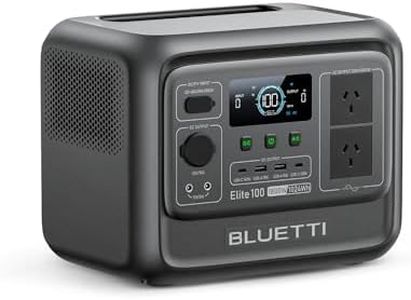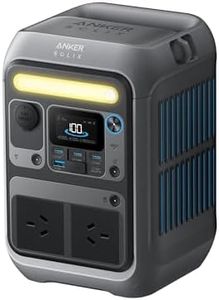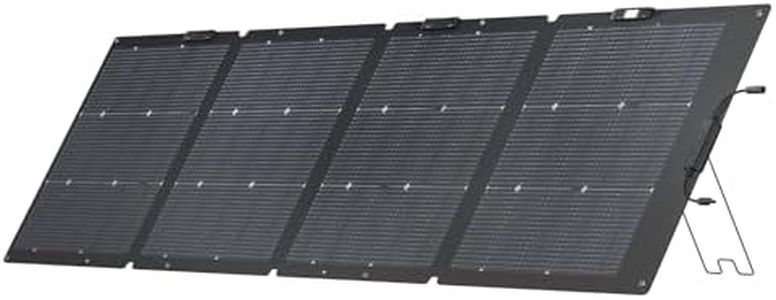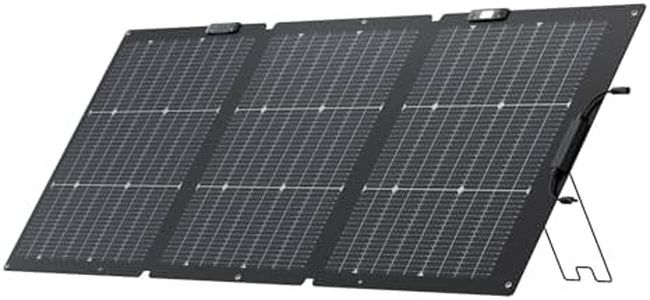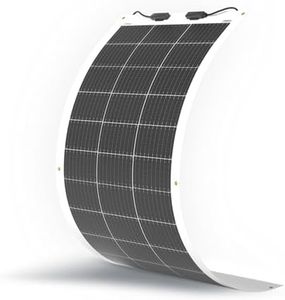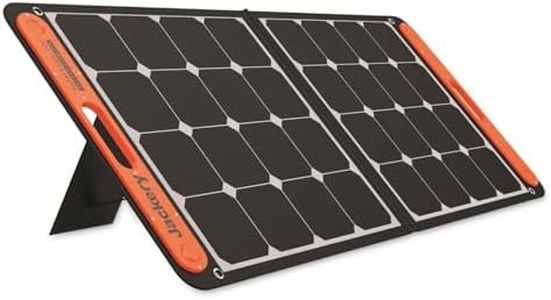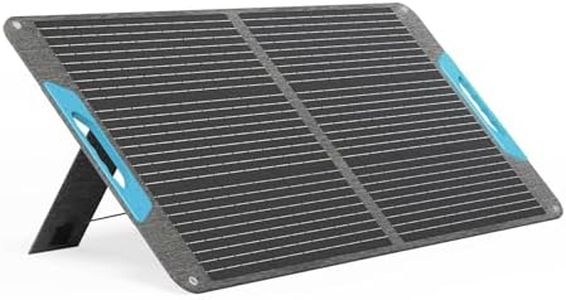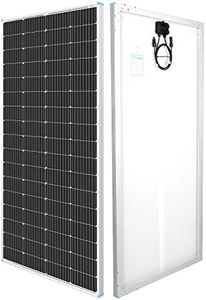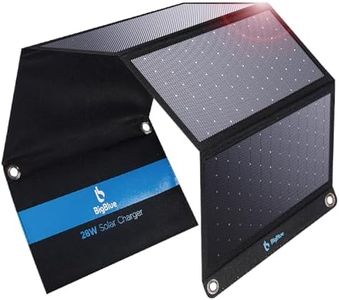We Use CookiesWe use cookies to enhance the security, performance,
functionality and for analytical and promotional activities. By continuing to browse this site you
are agreeing to our privacy policy
10 Best Camping Solar Chargers
From leading brands and best sellers available on the web.Buying Guide for the Best Camping Solar Chargers
Choosing a camping solar charger is all about matching what you need to charge and how you’ll be using it with a charger’s capabilities. These portable devices use the sun’s power to recharge your gadgets when you’re away from outlets. Key things to think about include how fast it can charge your devices, how easily it packs into your gear, and how it holds up against the elements. By understanding the main features, you can find a charger that keeps your phone, camera, or GPS ready for adventure without extra hassle.Solar Panel Power Output (Wattage)The solar panel's power output, measured in watts (W), shows how much electricity it can generate from sunlight. Higher wattage means faster charging, especially when powering larger devices. Most chargers range from about 5W to over 20W. Smaller panels (5–10W) are lighter and more portable but may charge phones slowly or struggle in weak sunlight. Mid-range panels (10–20W) strike a balance and can handle phones and some tablets. High-wattage panels (over 20W) are bulkier but much better for multiple devices or faster charging. Think about what you'll charge—if you only need to top off a phone occasionally, a lower wattage may be enough, but frequent use or larger gadgets call for more power.
Port Type and NumberThis refers to the types and quantity of output ports on the charger, commonly USB-A or USB-C. More ports let you charge multiple devices at once; some advanced chargers offer quick-charging or specialized ports. If you travel with friends or have several devices, having two or more ports is convenient. Make sure the ports match the cables and gadgets you want to charge for smooth operation.
Integrated Battery (or Power Bank)Some solar chargers come with a built-in battery, while others are just panels. A built-in battery can store energy for use even when the sun isn’t shining, adding flexibility. No battery means you can only charge during direct sunlight. Chargers with batteries are usually heavier and take longer to recharge, but offer much more versatility, especially on cloudy days or at night. For day-long hikes or emergencies, built-in batteries can be more reliable.
Size and WeightThe physical bulk and weight of a solar charger affect how easy it is to carry. Smaller, lighter chargers fit easily into a backpack and are great for minimalists or shorter trips. Larger chargers, often with folding panels, are heavier but provide more power. For backpackers or those wanting to travel light, compactness is key, but for car camping or group trips, it might be worth trading weight for faster charging.
Weather Resistance (Durability)This refers to how well the device stands up to rain, dust, and bumps. Many chargers feature some water and dust resistance (rated as IPX4, IP65, etc.), which helps them survive outdoors. If you’ll be camping in unpredictable weather, look for panels with durable constructions and protective flaps. This ensures your charger keeps working even if conditions get rough.
Charging EfficiencyCharging efficiency is about how well the panel converts sunlight into usable electricity, often reported as a percentage. Higher efficiency means it needs less sun to produce the same amount of power, which is very helpful in cloudy conditions or shorter daylight hours. Premium panels usually have better efficiency ratings, so if you’ll be camping in varied or less sunny weather, this can make a noticeable difference in performance.
